Sewage spills and silence from Sol: Hillcrest residents pushed to breaking point
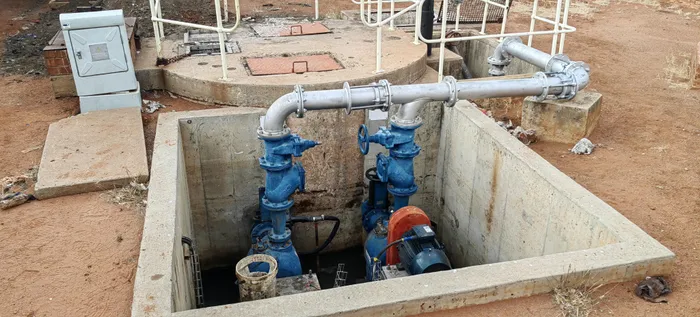
Hillcrest residents are fed up with years of raw sewage flooding their homes due to a malfunctioning municipal pump station.
Image: Danie van der Lith / DFA
FOR RESIDENTS of Hillcrest in Kimberley, waking up to the stench of raw sewage has become a regular occurrence, an unbearable and frustrating reality that has plagued the neighbourhood for years due to a faulty sewage pump station.
Located near Petrus Street, now cynically dubbed K*k Straat by locals, the pump station has become the epicentre of a long-standing municipal failure that shows no sign of being resolved.
Despite numerous calls, logged complaints, and mounting public frustration, the problem persists. The sewage system frequently malfunctions, causing waste to back up through manholes and even into homes. The situation is so dire that when the pumps fail, flushing a toilet in some households results in sewage water spilling out onto bathroom floors.
The pump station, managed by the Sol Plaatje Municipality, has been the subject of complaints for years. Yet residents say they are stuck in a cycle: a complaint is logged, a technician is dispatched to manually restart the pump, and the problem temporarily goes away, only to return within days.
“There is no long-term solution, just patchwork,” said Andre Vermeulen, a Hillcrest resident who has been documenting the crisis with unwavering commitment.
Meticulous records
When the DFA met with Vermeulen, he showed us the station, pointing out a disturbing detail. “As you can see, there is currently only one pump. One was removed and never brought back. Only they [Sol Plaatje Municipality] will know why that was done.”
Vermeulen walked us through his property, where the impact of the pump station’s failures is on full display. “This manhole floods when the pump fails and raw sewage spills into my yard,” he said. “It stinks. I log the complaint, get a reference number, and wait. This happens almost weekly.”
Vermeulen has kept meticulous records. Between November 22, 2024, and July 1, 2025, he logged 32 separate calls to the municipality. Each one is accompanied by a reference number. Each one pointing to the same issue: a pump station that simply does not work as it should.
Behind the houses in Petrus Street, the damage spreads into the veld. Streams of raw sewage flow through open grasslands. “When the wind blows in this direction, the entire area smells like a toilet,” Vermeulen said.
The most alarming part of the problem is the broader health risk. Just a few hundred metres from the veld where the sewage pools is a hospital. “This is a health hazard. We don’t even open our doors anymore when the wind changes,” said another resident.
He also pointed to a stormwater drain in front of his house. “When the pumps are off, sewage comes out of the stormwater drains. I don’t even know how that’s possible. How is this system connected? Something is very wrong here.”
"The solution is straightforward"
Vermeulen, who bought his home after retiring to Kimberley, said the experience has been a bitter disappointment.
“I invested everything here: I've put in solar panels, a JoJo tank, and many other improvements. But if I had known about this, I would never have bought this house. And the agent who sold it to me never said a word.”
According to Vermeulen, the solution isn’t complicated. “There should be two pumps. When water reaches a certain level, one pump starts. When it reaches another level, the second kicks in. It’s automated and basic engineering. But nobody seems to care enough or have the know-how to fix it properly.”
During a recent cleaning of the station, municipal workers discovered a new, disturbing development: foreign materials clogging the system, including what appeared to be medical waste. Bandages, face masks, gloves, and hair nets were among the debris found blocking the filters.
* Article continues below the photos
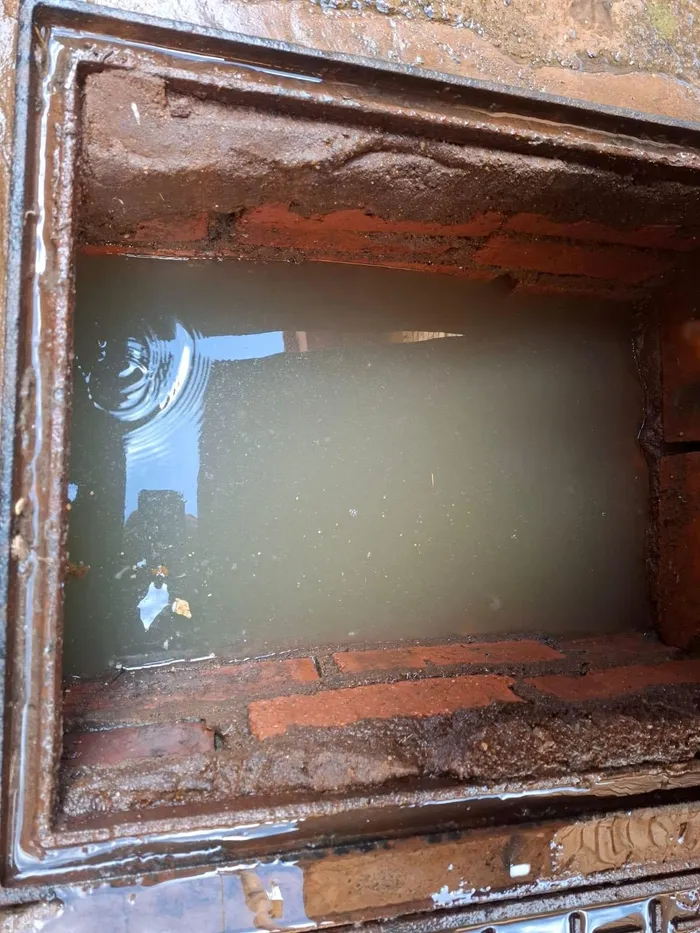
When the pumps at the station don't work, sewage water pushes up in the manhole and floods the yards of residents.
Image: Supplied
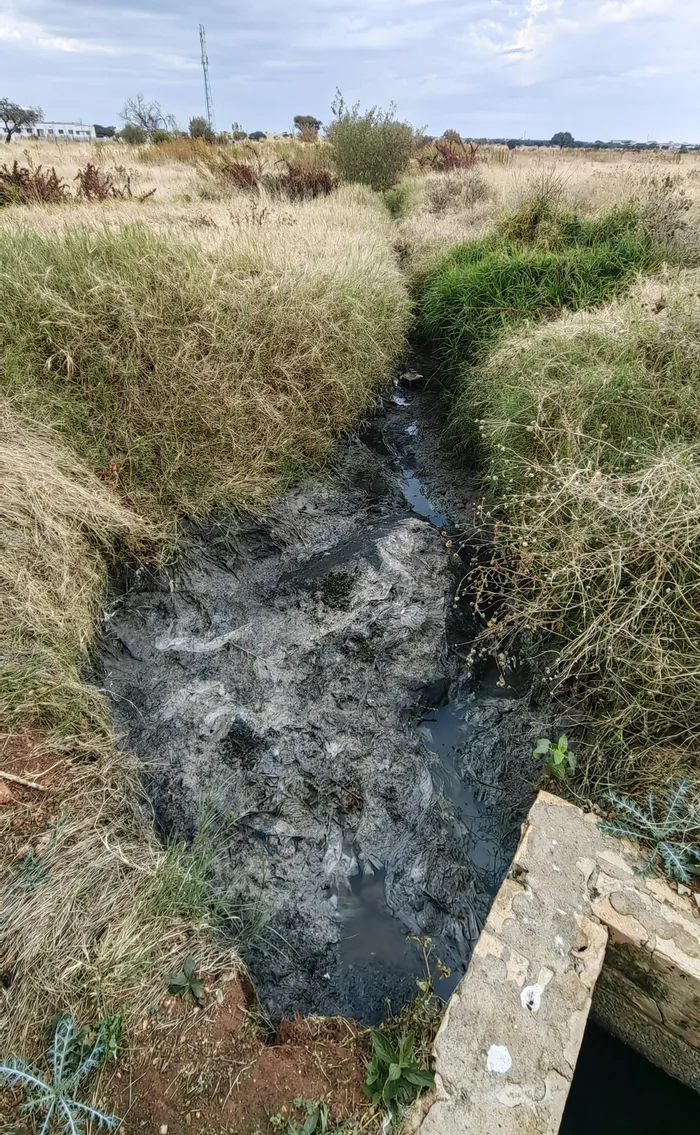
Raw sewage flows into the veld close to Mediclinic Gariep Hospital, causing a major health and safety concern.
Image: Danie van der Lith / DFA
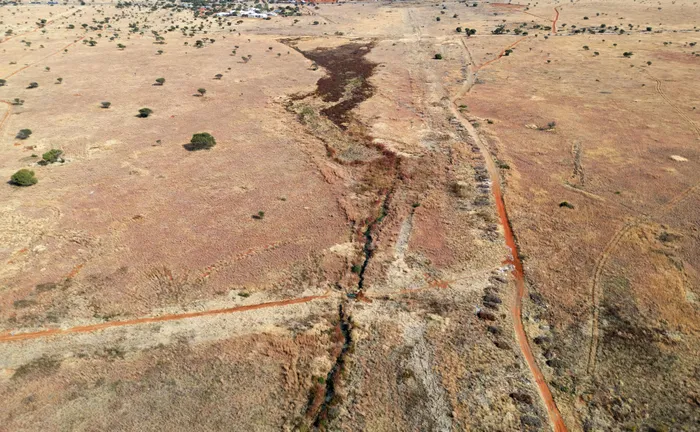
A canal can be seen where sewage water flows into the veld.
Image: Danie van der Lith / DFA
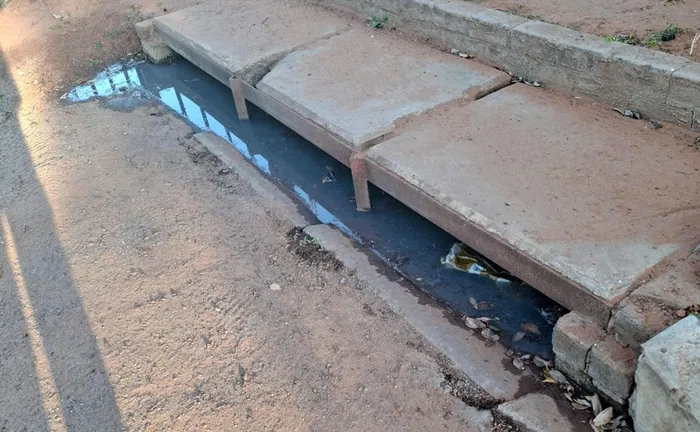
A stormwater drain is seen filled with sewage water after the pump at the pump station stopped working.
Image: Supplied
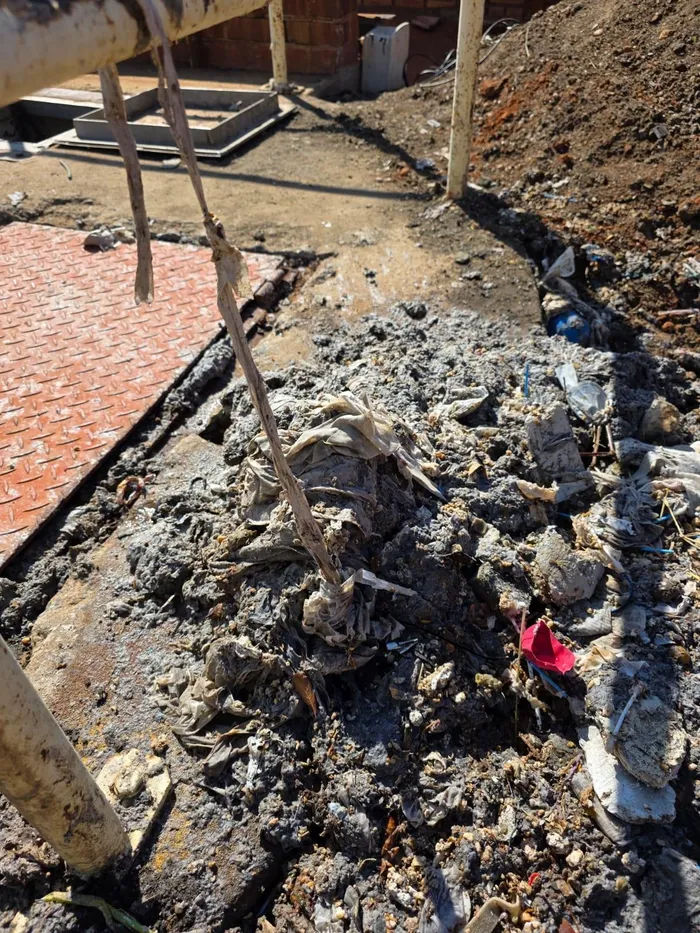
The Sol Plaatje Municipality recently removed foreign objects from the pump station and what looks like medical waste.
Image: Supplied
With several hospitals and old age homes nearby — including Mediclinic Gariep Hospital — suspicions naturally arose. However, Mediclinic Gariep promptly issued a detailed media statement distancing itself from the matter.
‘Waste professionally removed’
In response to the discovery, the Gariep hospital issued a statement making it clear that it adheres to strict protocols for waste disposal and operates under a national contract with Compass Medical Waste Services (Pty) Ltd., which safely removes and incinerates medical waste.
The hospital also provided photographic evidence of clean sewage manholes and confirmed that both its infrastructure and that of ER24, located on the same premises, were clear of any foreign objects or blockages.
“In 2025 alone, nearly 40,000 kilograms of medical waste have been professionally removed from our facility,” said Stephan Deetlefs, general manager of Mediclinic Gariep. “The small amount of material found at the pump station, bandages and masks, does not align with our strict waste management process.”
The hospital added that it undergoes regular audits and has implemented a “Zero to Landfill” strategy to ensure general waste is also responsibly managed.
“We believe it is the responsibility of the municipality to thoroughly investigate the true source of the waste. Assuming the closest hospital is the culprit, without evidence, is unjust and unscientific.”
No response from authorities
Despite repeated media enquiries, the Sol Plaatje Municipality has not responded to questions sent by the DFA more than two weeks ago. A list of 12 specific questions, compiled after consultations with affected residents, remains unanswered.
The Department of Environmental Affairs was also contacted but has similarly failed to provide a response.
This silence has only heightened the frustration of residents, who feel abandoned by those entrusted with their health, safety, and municipal services.
“What are we supposed to do?” asked Vermeulen. “If the municipality and government departments won’t even answer our questions, who do we turn to next?”
Impact on development
Adding insult to injury is the fact that development in the area is ongoing. A new, modern office and retail complex is currently under construction a short distance from the failing pump station. For residents, this raises a serious question.
“How can the municipality allow for expansion and development when the existing infrastructure is already collapsing?” asked one resident. “If this pump station can’t handle what it’s got now, how will it cope when more toilets, kitchens, and sewerage lines are added to the network?”
Hillcrest’s boiling point
The situation has deteriorated to the point where some residents have begun joking, half seriously, that the only solution left is to officially rename Petrus Street to K*k Straat.
“Maybe the municipality should hold a special council meeting to vote on permanently changing Petrus Street's name to K*k Straat; at least that will be money well spent,’ said a resident.
But behind the jokes is a very real and growing desperation. Elderly residents, young families, and retirees are all affected. Children play near open sewage, homes are exposed to harmful bacteria, and the risk of disease grows with every new pump failure.
Residents are not asking for luxuries; they are pleading for the bare minimum: functioning infrastructure, reliable service delivery, and accountability from their elected officials. Services that they pay for with their hard-earned money.
Until then, Hillcrest remains a neighbourhood under siege by its own sewage, paying the price for years of neglect with their health, dignity, and peace of mind.
The message from Hillcrest is clear: fix it, or face the mounting outrage of a community that has reached the end of its patience.